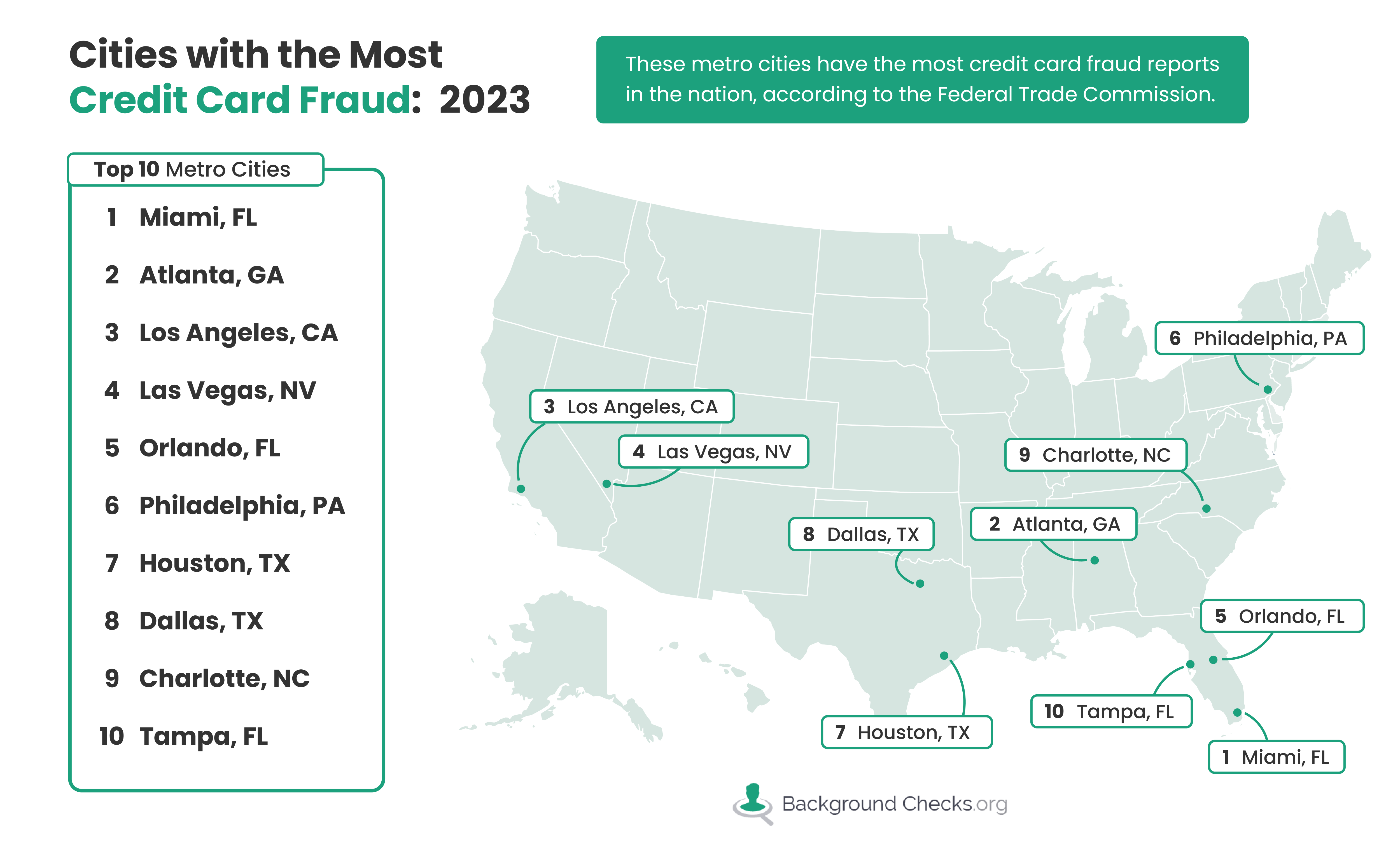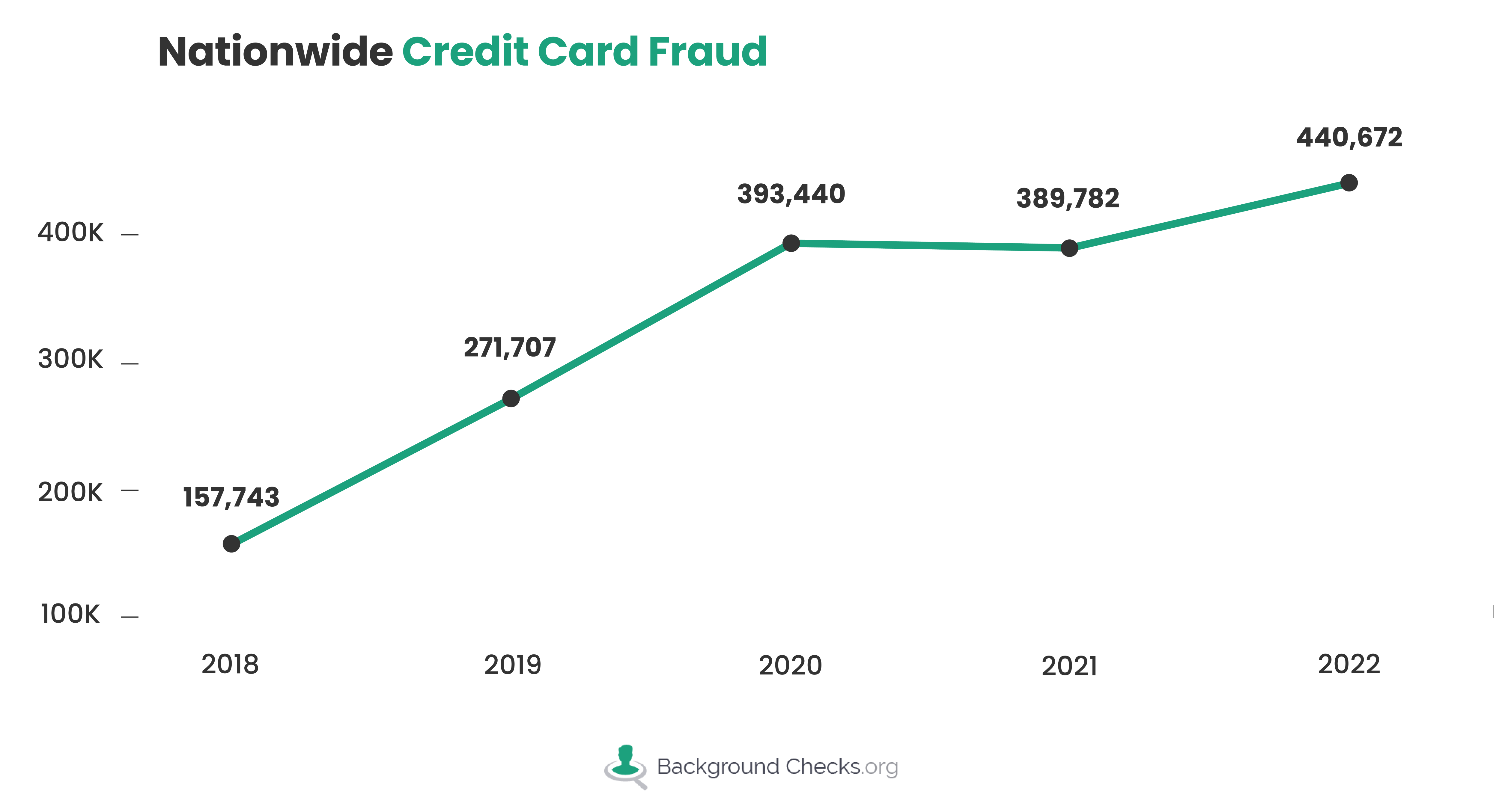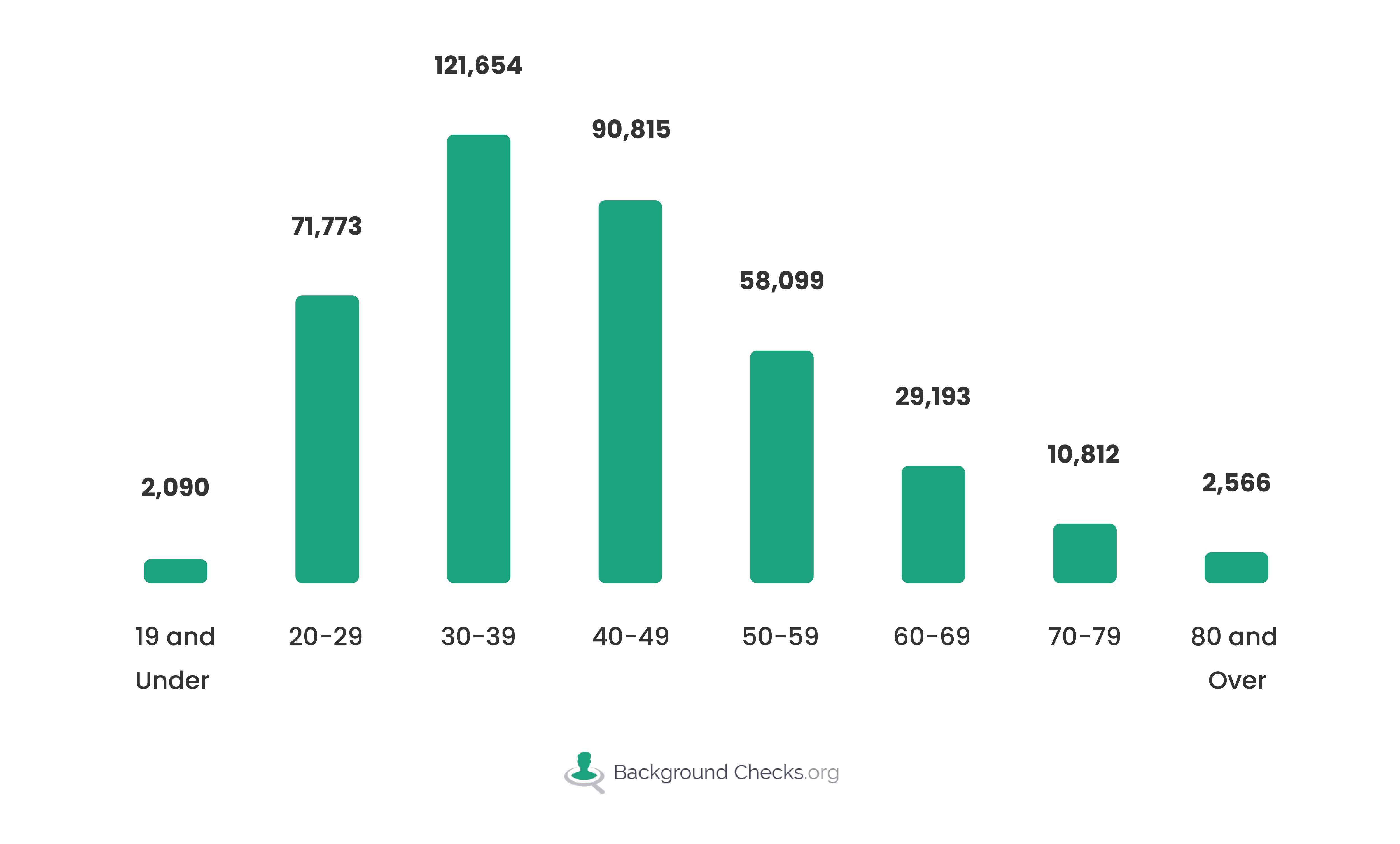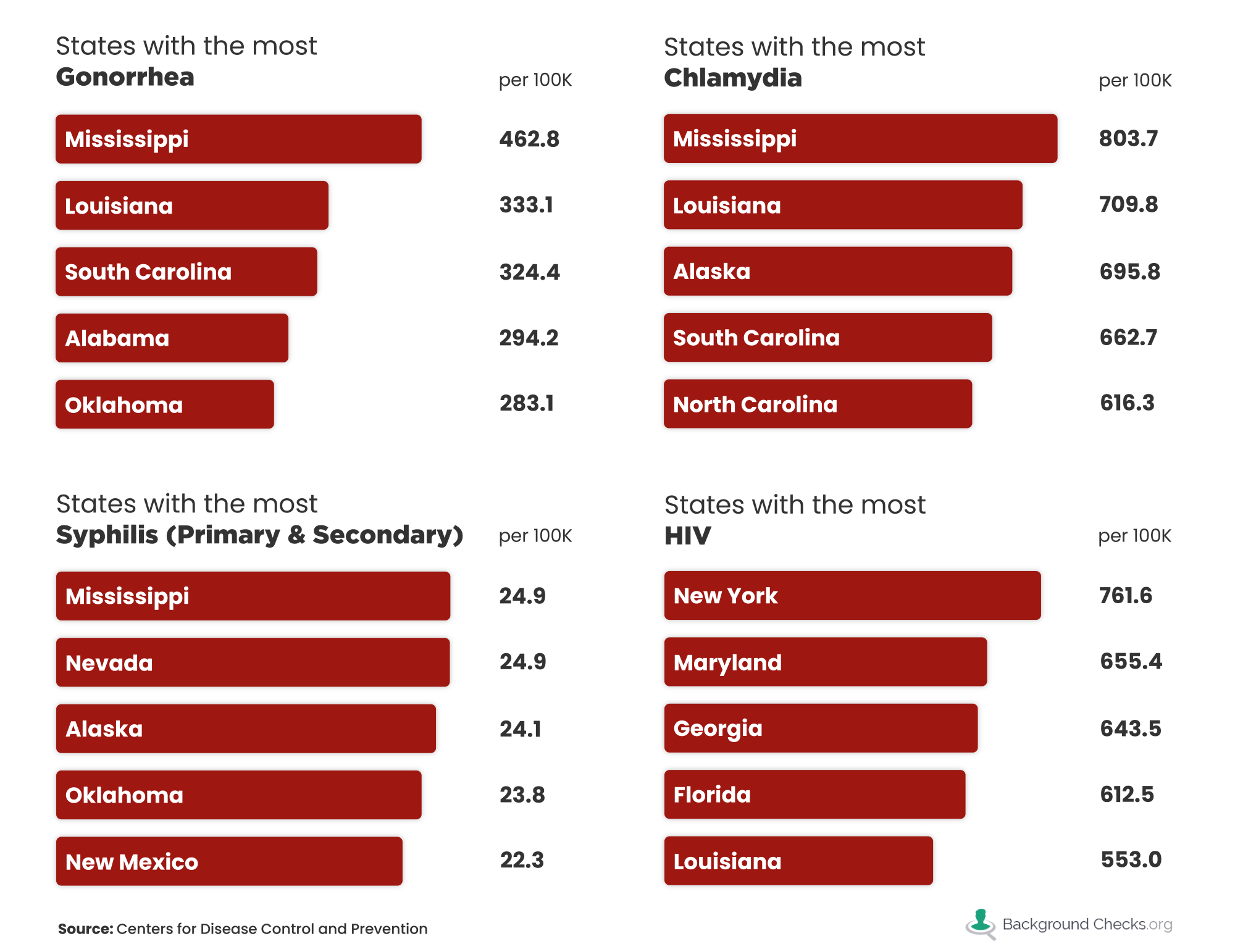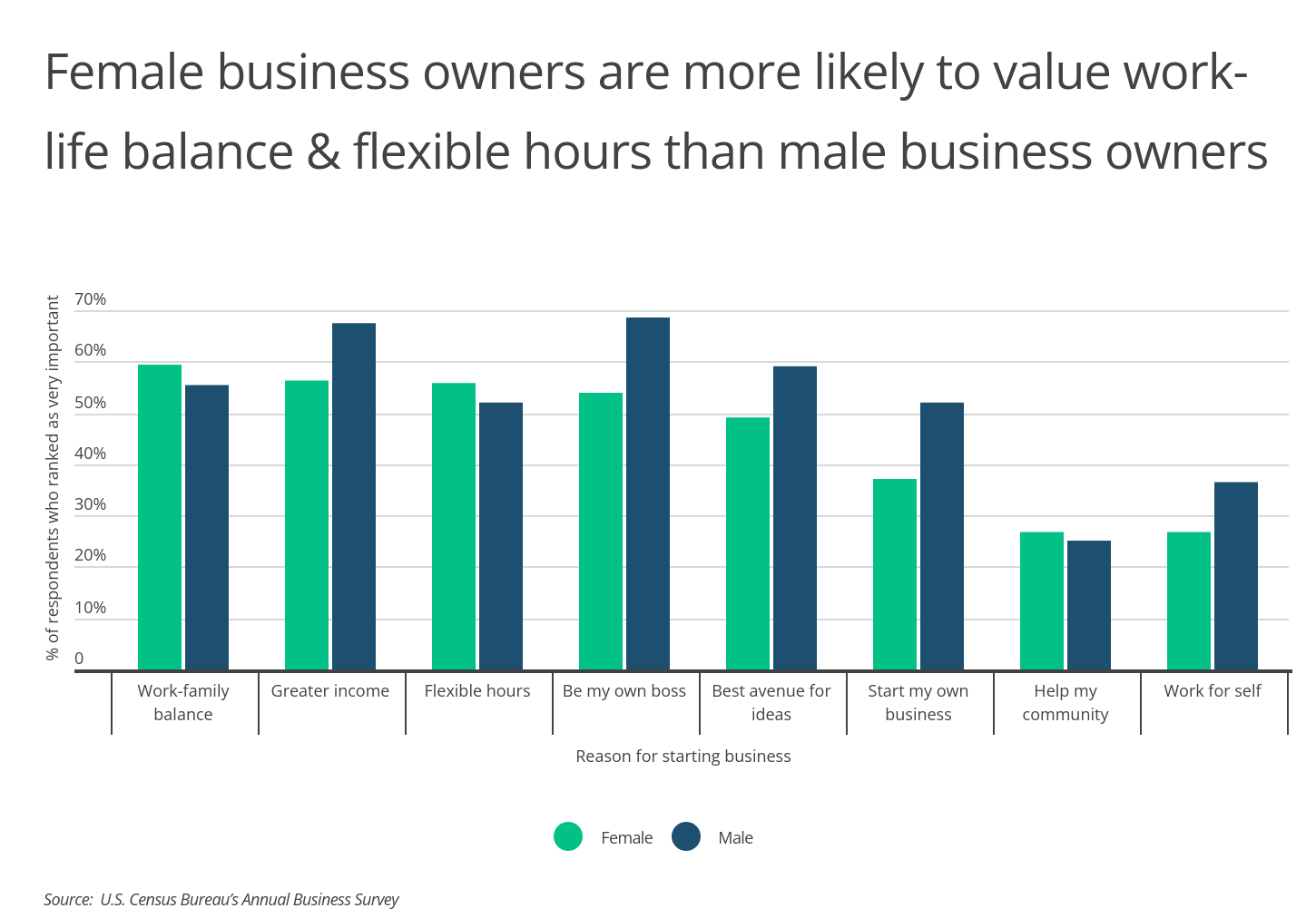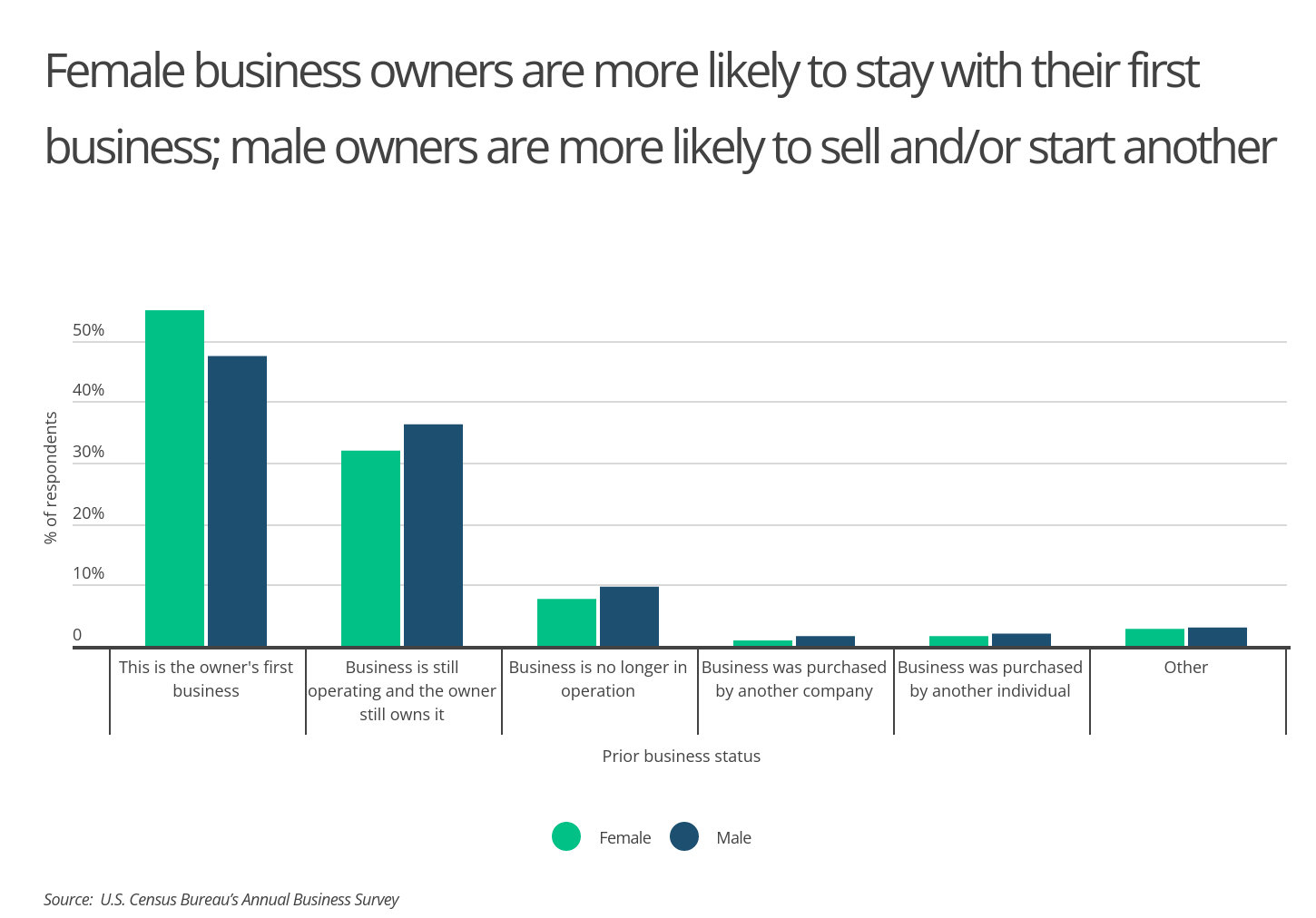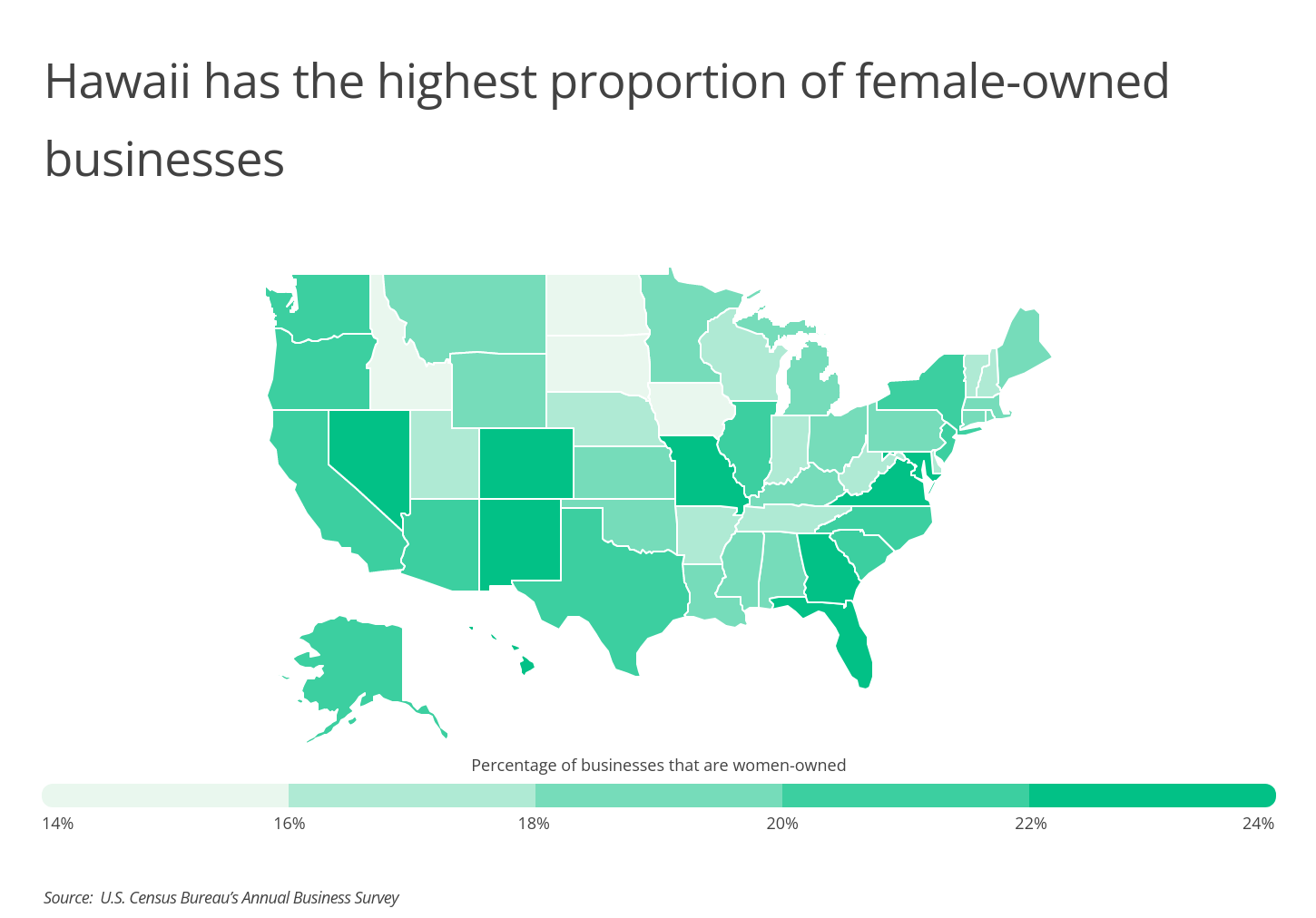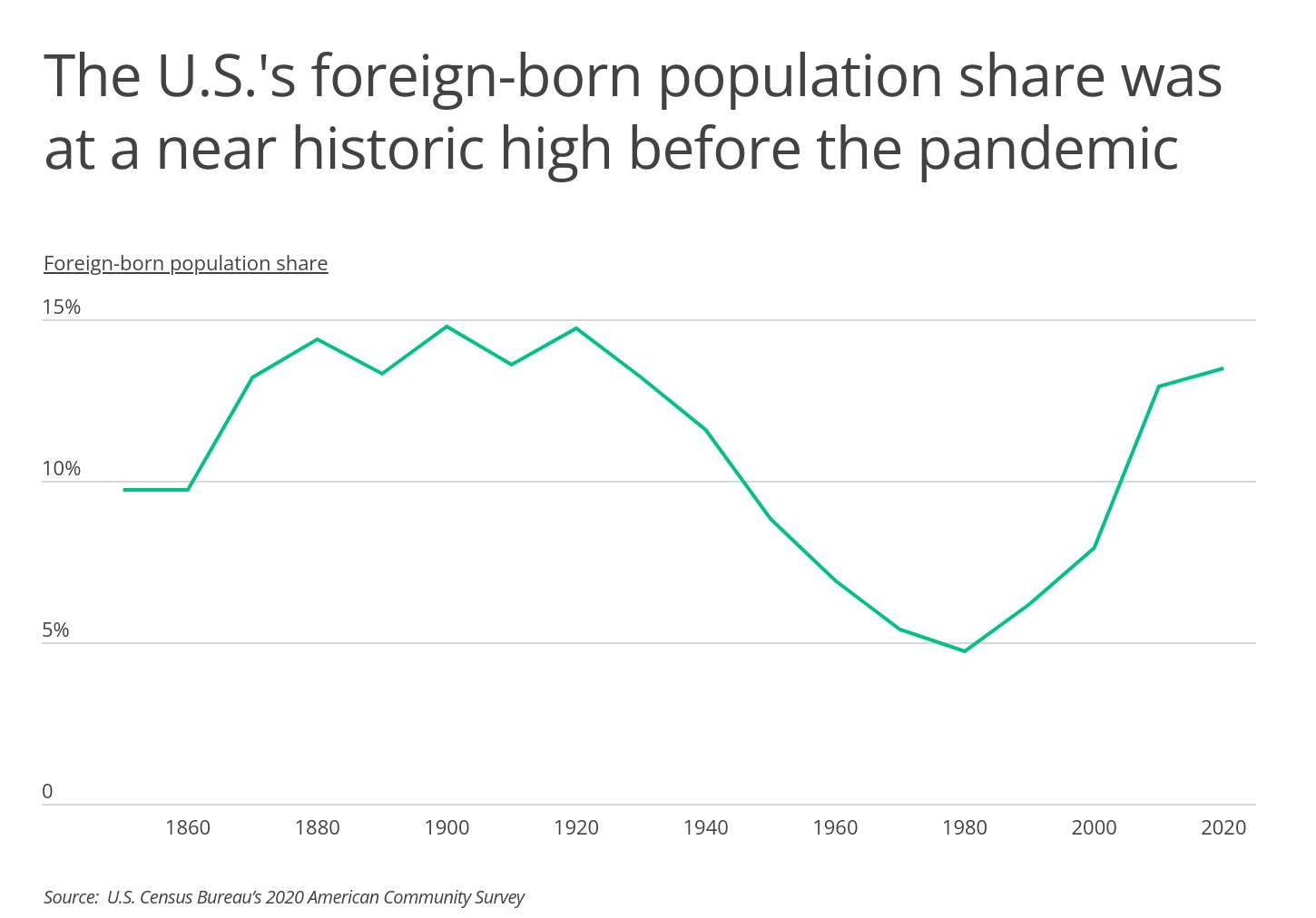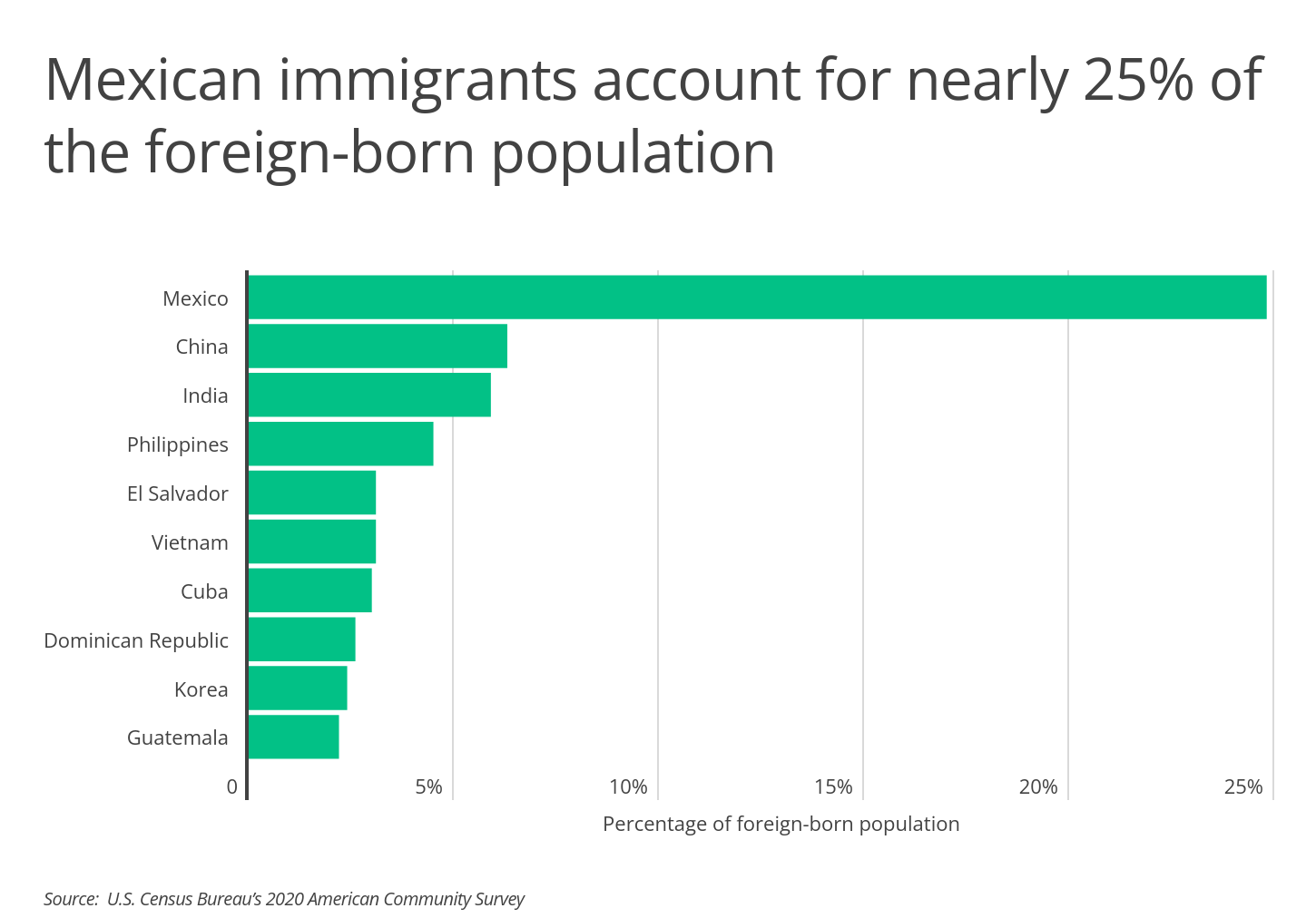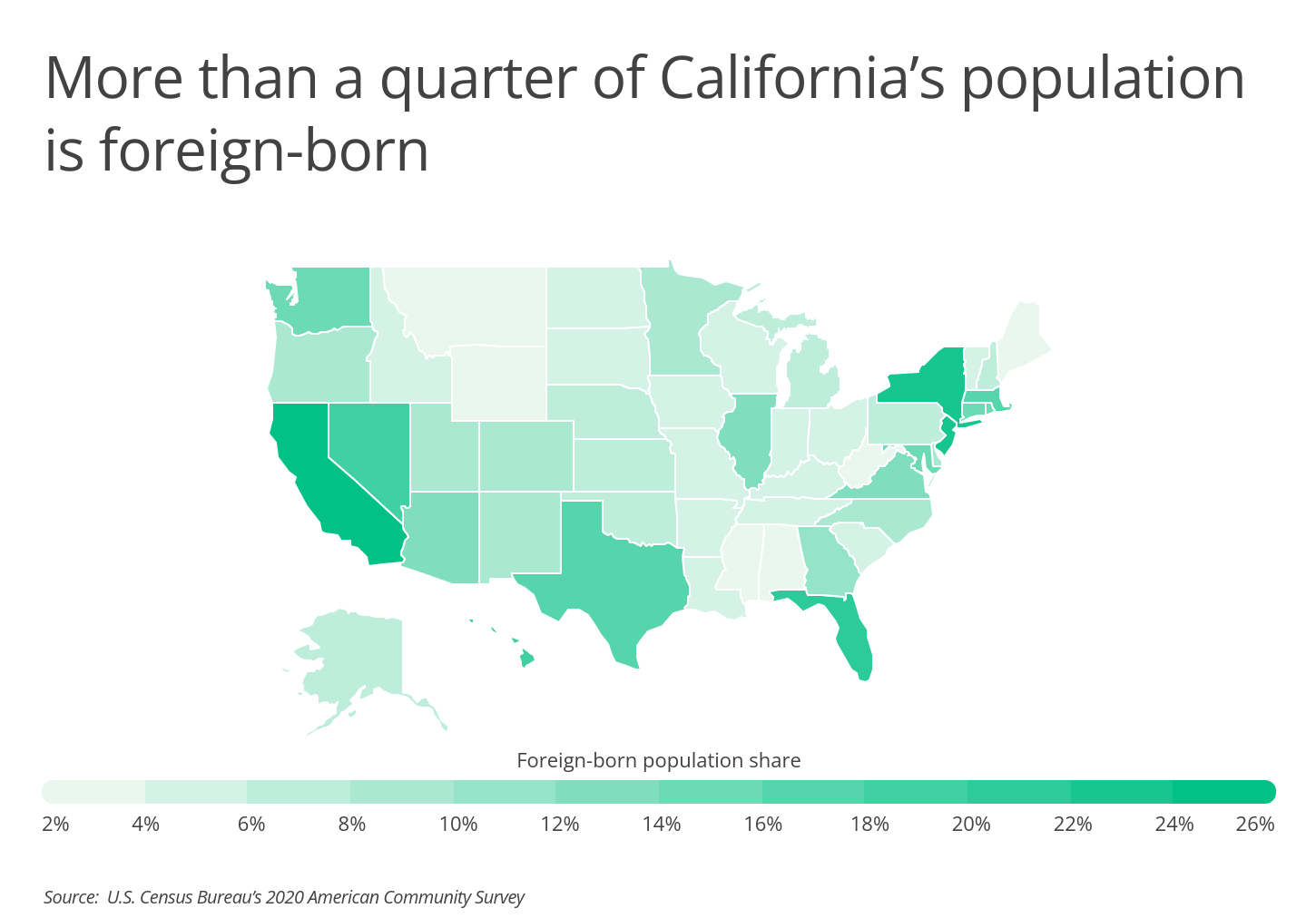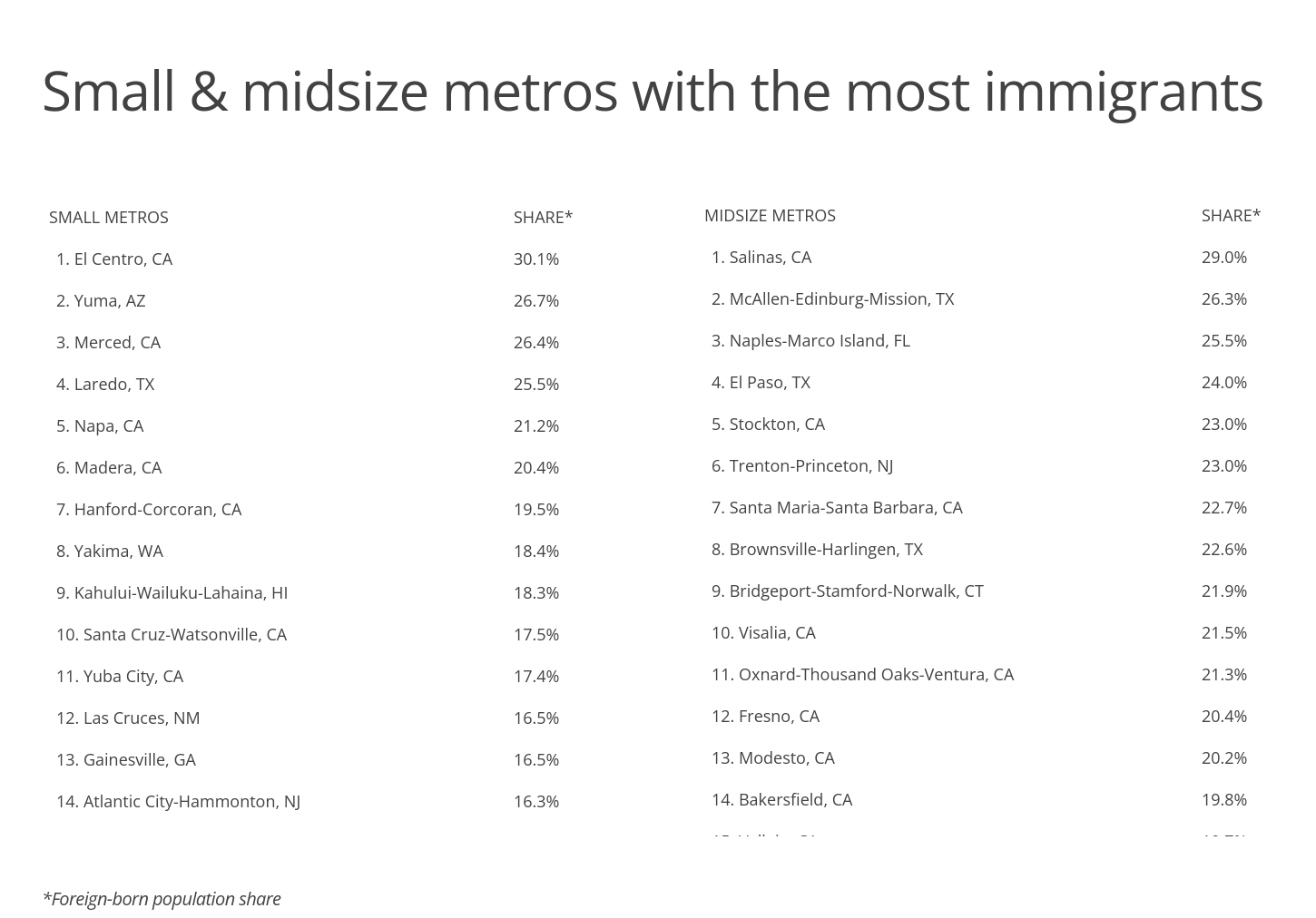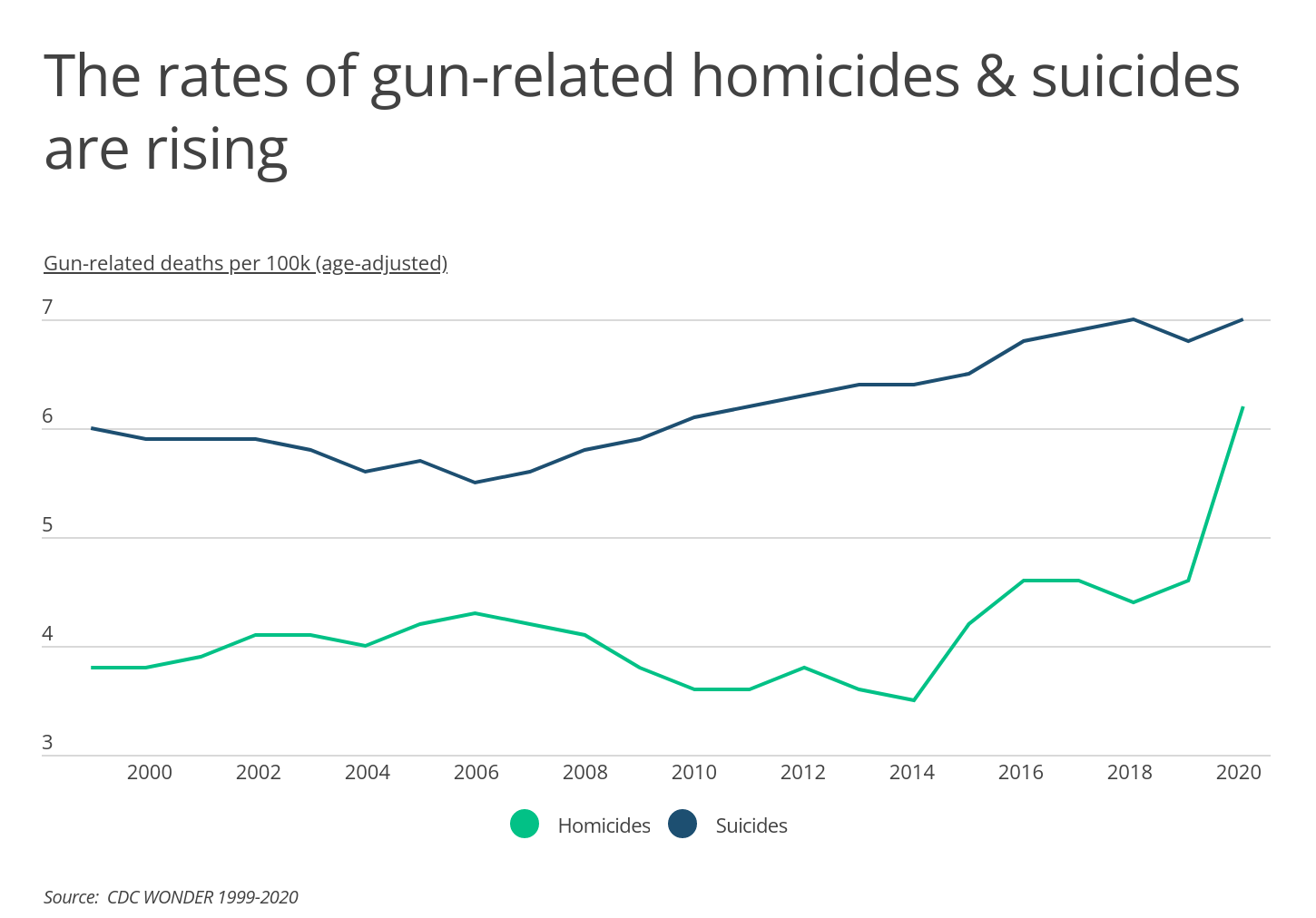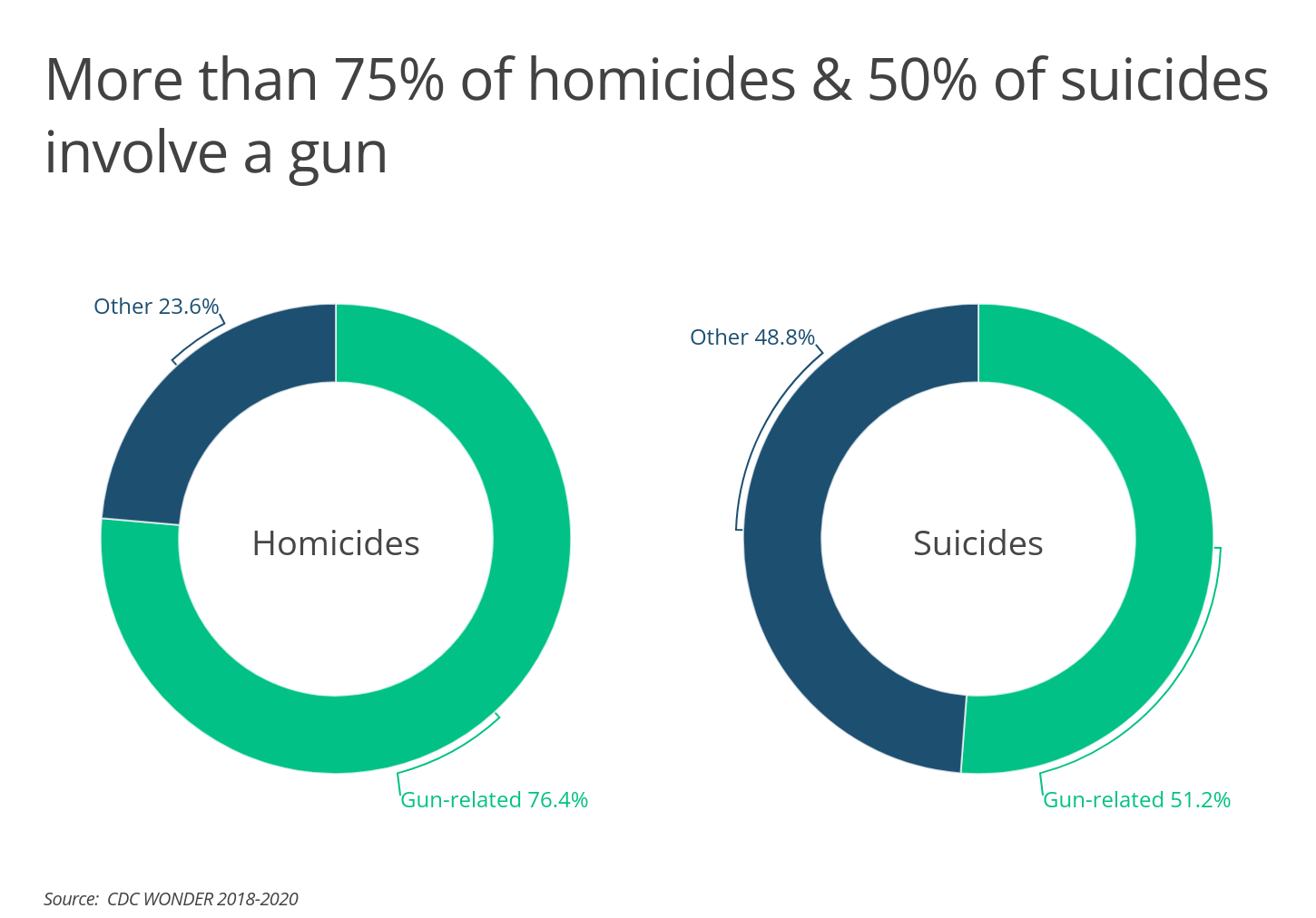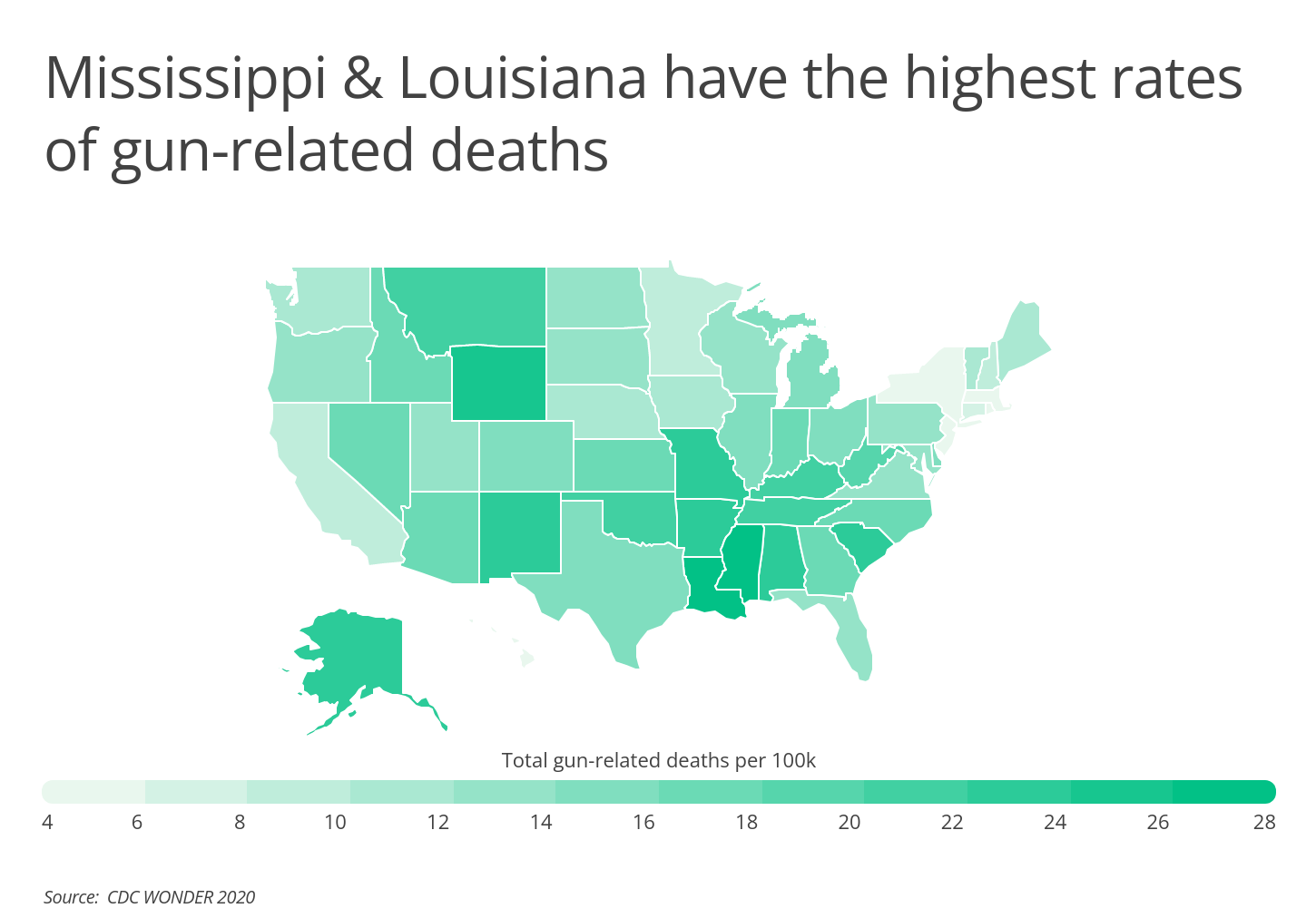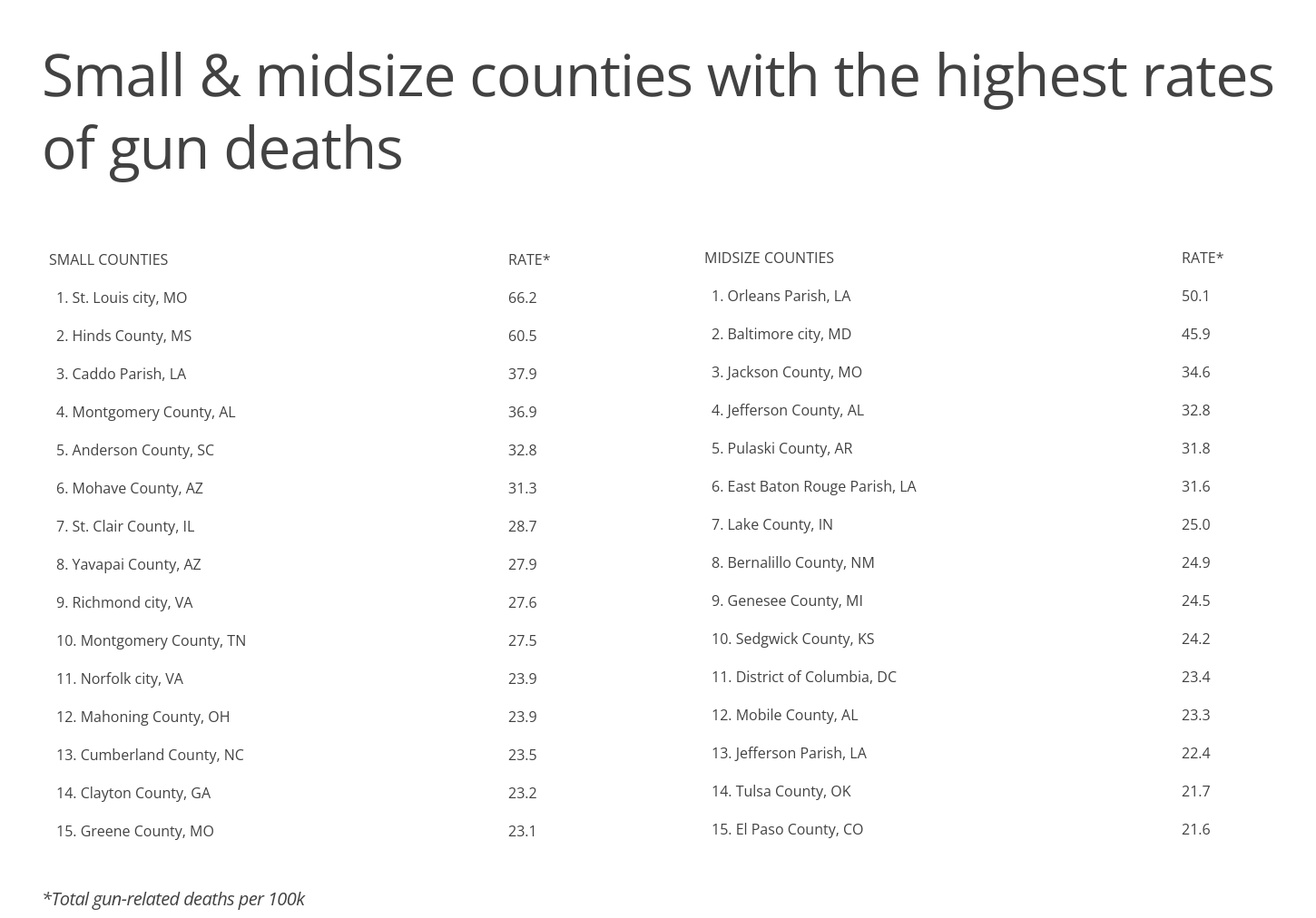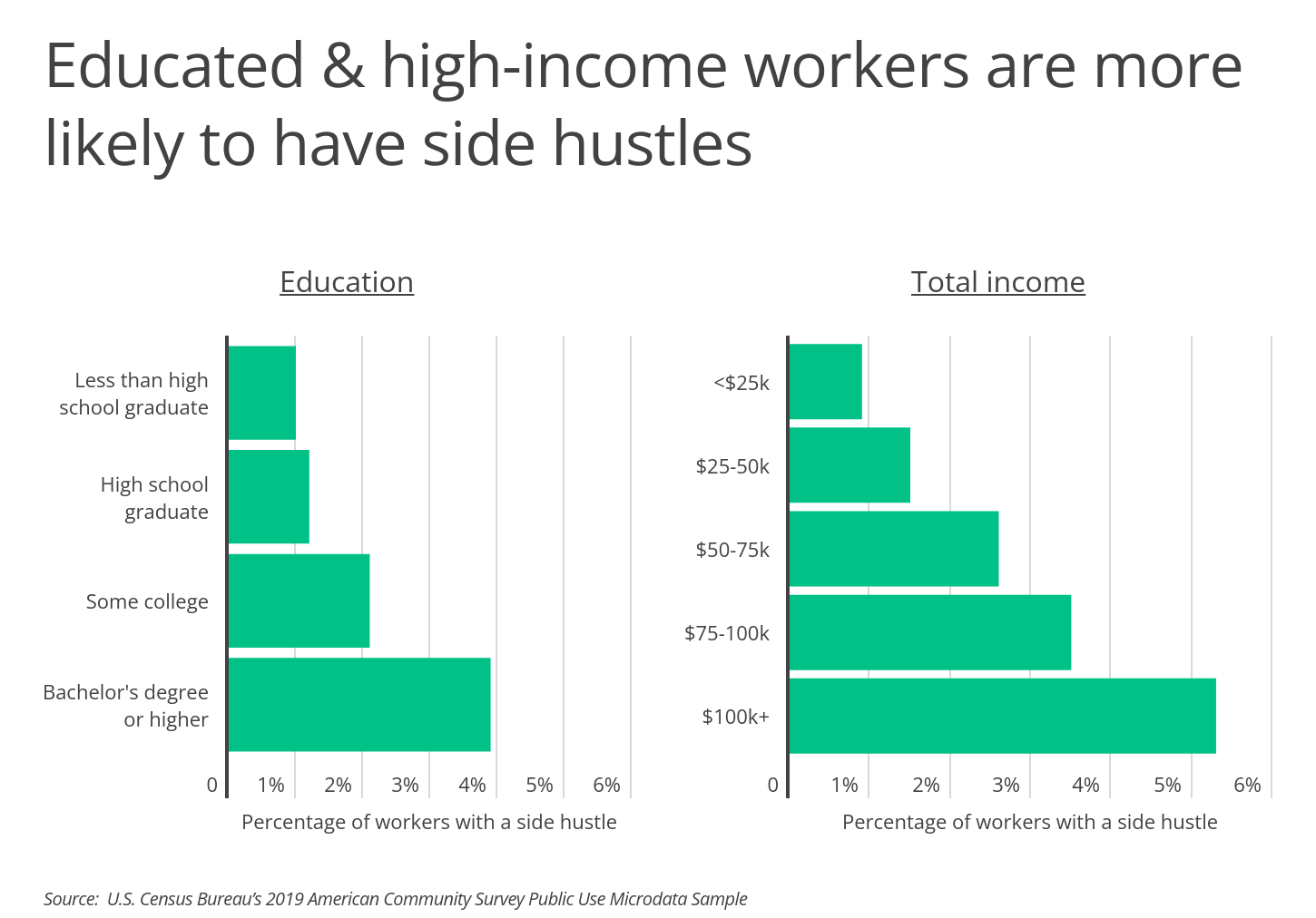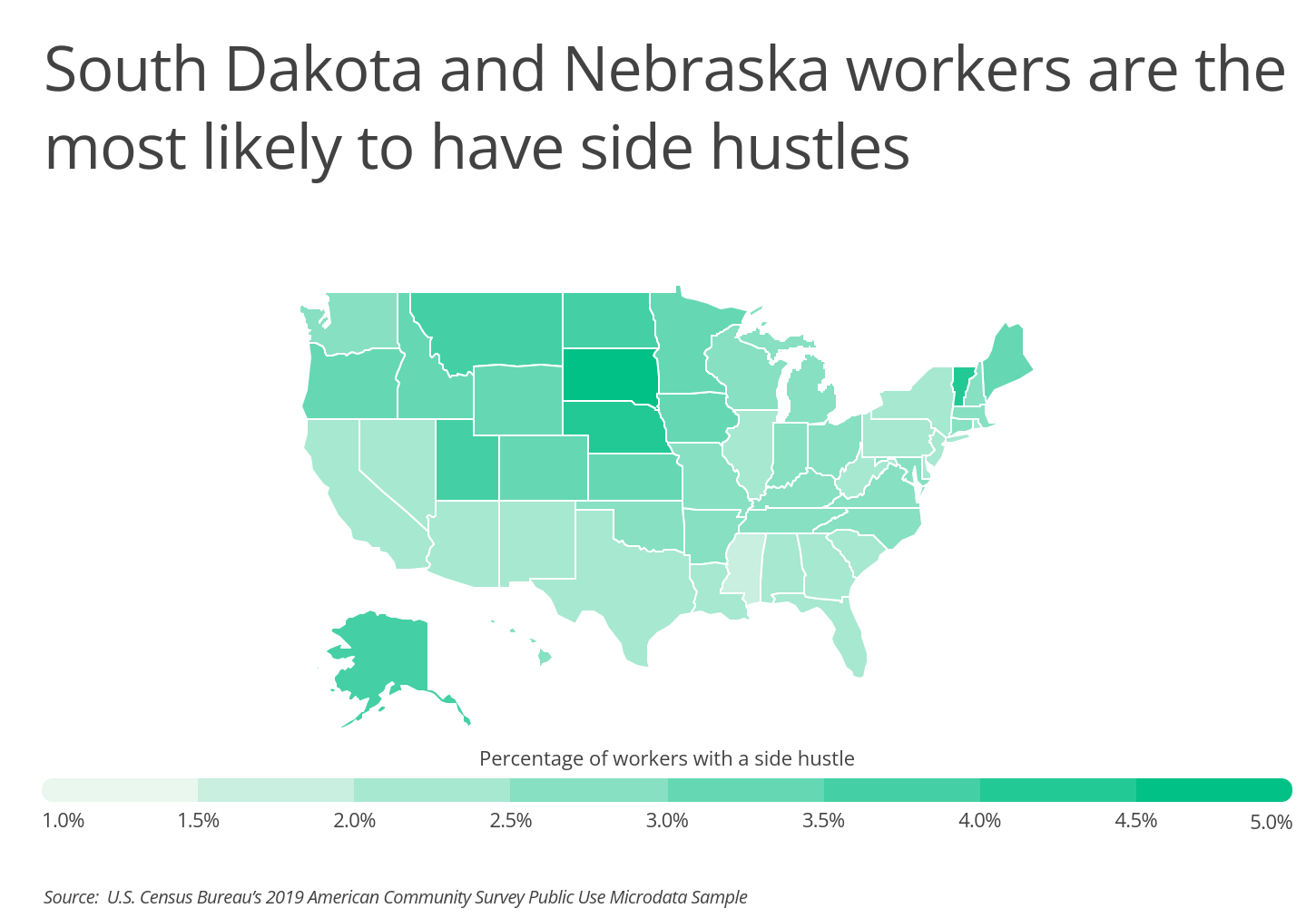privacy
Privacy Policy
Last modified [13 June 2024]
The purpose of this Privacy Policy is to inform you of how the personal information we collect from you is collected, used and disclosed when you visit backgroundchecks.org (the “Website”), how such information will be used by the Website, its advertising partners, and/or other persons or entities with whom such information may be shared, as well as your choices regarding the collection, use and distribution of such information and the security procedures that we have implemented to protect your privacy. Please read this policy carefully to understand our policies and practices regarding your information and how it will be handled. By continuing to use the Website, you expressly agree to be bound by this Privacy Policy, as amended from time-to-time. You further agree to regularly review this Privacy Policy to ensure that you are familiar with the most-current policies and practices. Your continued use of the Website after we make changes is acceptance of those changes. If you do not agree with our policies and practices, you must not use the Website.
If required by law, we will make reasonable efforts to contact you about material changes or updates to this policy: if you have provided us with an email address, you agree that we may email you a notice regarding such changes or updates; if you have not provided us with an email address, you agree to view this page periodically and when our site informs you that this Privacy Notice has been updated.
What This Policy Applies to
This policy applies to information we collect:
On the Website;
In email, text, and other electronic messages between you and the Website;
When you interact with our advertising and applications on third-party websites and services, if those applications or advertising include links to this Privacy Policy; and
When you provide information to us when requesting services.
This Privacy Policy also applies to information collected by us offline, whether in writing or orally (if recorded) or through any other means, including on any other website operated by us or any third party, or any third party, including through any application or content (including advertising) that may link to or be accessible from or on the Website.
Children
The Website is not intended to provide services or sell products to persons under the age of 13 without the consent and involvement of a parent or guardian. If you are under 13, you may use this website only with the involvement of a parent or guardian. By using the Website, you represent and warrant that you are either at least 13 years old, or are using the services offered by the Website with the supervision and involvement of a parent or guardian 13 years of age or older. The Website does not provide services to children, nor do we collect any personal information from children under 13. “Children” as defined in the Children’s Online Privacy Protection Act of 1998, and for purposes of this Privacy Policy, means persons under the age of 13. If you are a child, please exit this site immediately. We will delete any personal information we have received or collected from a child under the age of 13 without parental consent. If you believe we might have information from or about a child under the age of 13, please contact us at [contact@backgroundchecks.org].
Information Collected
We collect several types of information from and about users of the Website, including information:
That personally identifies you, such as your name, postal address, email address, telephone number, or any other information that would allow you to be contacted online or offline (“personal information”);
That is about you but does not identify you individually, such as the languages you speak or can read; and/or
About your internet connection, the equipment you use to access the Website, and usage details.
We collect this information in several ways, either:
Directly from you when you provide it to us;
Automatically as you use the Website. Automatically collected information may include usage details, IP addresses, and information collected through cookies, web beacons, and other tracking technologies; and
From third parties, such as our business partners.
The information we collect on or through the Website may include:
Information that you provide by filling in forms on the Website, such as our various contact forms. This includes information you provide at the time of registering to use the Website or suggest a business. We may also ask you for information when you report a problem with the Website;
Records and copies of your correspondence including email addresses, if you contact us;
Your responses to surveys that we might ask you to complete;
Details of transactions you carry out on or through the Website with our business partners;
Your navigation across the Website.
You may also provide information to be posted or displayed on public areas of the Website, or transmitted to other users of the Website and third parties, such as customer comments and reviews (collectively, “User Contributions”). Your User Contributions are posted on and transmitted to others at your own risk.
While navigating through and interacting with the Website, we may automatically collect certain information about your equipment, browsing actions, and patterns that are not tied to your user profile, including:
Details of your visits to the Website, including traffic data, location data, logs, and other communication data and the resources you access and use on the Website; and
Information about your computer and internet connection, including your IP address, operating system, and type of browser.
We may use automatic data collection technologies to gather information about your online activities on the Website over time and across third-party websites or other online services for behavioral tracking. For example, we may use various widgets and other tracking technologies to understand how you use the Website and what information you search for. You can also opt-out by sending an email to [contact@backgroundchecks.org].
Automatically collected information may include personal information or non-personal information that we associate or link to personal information that we collect in other ways, including from third parties. This helps us improve the Website and deliver a better and more personalized service, including allowing us to:
Estimate our audience size and usage patterns;
Store information about your preferences, allowing us to customize the Website according to your individual interests;
Speed up your searches; and
Recognize you when you return to the Website.
The technologies we use to automatically collect data may include:
Cookies: Cookies are pieces of information that are transferred to your computer from a web server. They help us recognize repeat visitors and improve the quality of our services. Cookies keep the Website secure by allowing us to detect activity that might violate our rules and Terms of Use. Most browsers are set up to accept cookies, but you can change your settings to have your browser notify you when you receive a new cookie or to refuse to accept cookies. Blocking or deleting cookies might prevent you from making the most of our services.
Web Beacons: Pages of the Website and our emails may contain small electronic files known as web beacons (also referred to as clear gifs, pixel tags, and single-pixel gifs) that provide website-related statistics, such as the number of users who have visited certain pages or opened an email.
Third-Party Use of Cookies and Other Tracking Technologies
Some content or applications on the Website, including advertisements, are served by third-parties, including advertisers, ad networks, ad servers, content providers, and application providers. These third parties may use cookies alone or together with web beacons or other tracking technologies to collect information about you when you use the Website. The information they collect may be associated with your personal information or they may collect information, including personal information, about your online activities over time and across different websites and other online services. They may use this information to provide you with interest-based (behavioral) advertising or other targeted content.
We do not control third parties’ tracking technologies or how they might use them. If you have questions about an advertisement or other targeted content, you should contact the responsible provider directly.
“Do not track”
You may have a feature in your browser that allows you to change your settings to “do not track.” We are required to disclose whether the Website honors the “do not track” setting in your browser. We developed the Website to provide a consistent interface and operability to all users, and thus we do not honor your browser’s “do not track” function.
How we use your information
We use information that we collect about you or that you provide to us, including any personal information:
To present the Website and its contents to you;
To provide you with information, products, or services that you request from us;
To fulfill any other purpose for which you provide it;
To provide you with notices about your account, including expiration and renewal notices;
To carry out our obligations and enforce our rights arising from any contracts you enter;
To notify you about changes to the Website or any products or services we offer or provide through it;
To allow you to participate in interactive features on the Website;
To deliver our review services to you;
In any other way we may describe when you provide the information;
For any other purpose with your consent; and
To comply with any relevant laws, regulations, ordinances, rules, directives, or statutes.
If you choose to opt-in to receive marketing materials from us, we may use your information to contact you about our own and third-parties’ goods and services that may be of interest to you. If you do not want us to use your information in this way, please disable cookies used by our website or click the unsubscribe link at the bottom of any marketing emails you may receive from us. You can also opt-out by sending an email to [contact@backgroundchecks.org].
Legal Bases for Processing for Users in the European Economic Area
If you are in the European Economic Area, we collect and process information about you only where we have a legal basis for doing so under applicable laws of the European Union. The legal basis depends on the services you use and how you use them. This means we collect and use your information only where:
It is necessary for the performance of a contract, such as to provide you with the services you requested, including to operate the services, provide customer support and personalized features, and to protect the safety and security of the services, including all processing necessary for the performance of our contract(s) with you;
It satisfies a legitimate interest that is not outweighed by your data protection rights and interests, such as for research and development, to market and promote our services, and to protect our legal rights and interests;
You give us consent to do so for a specific purpose; or
We need to process your data to comply with a legal obligation.
All of our information, including the data we collect about you described in this policy, is stored in the United States of America.
Disclosure of Your Information
We may disclose aggregated information about our users, and information that does not identify any individual, without restriction.
We may disclose personal information that we collect or you provide as described in this privacy policy:
To our subsidiaries and affiliates;
To contractors, service providers, and other third parties we use to support our business and who are bound by contractual obligations to keep personal information confidential and use it only for the purposes for which we disclose it to them;
To a buyer or other successor in the event of a merger, divestiture, restructuring, reorganization, dissolution, or other sale or transfer of some or all the Website owner’s assets, whether as a going concern or as part of bankruptcy, liquidation, or similar proceeding, in which personal information held about the Website users is among the assets transferred;
To fulfill the purpose for which you provide it;
For any other purpose disclosed by us when you provide the information; and
With your consent.
We may also disclose your personal information:
To comply with any court order, law, or legal process, including to respond to any government or regulatory request;
To enforce or apply our Terms & Conditions or Privacy Policy and other agreements; and
If we believe disclosure is necessary or appropriate to protect the rights, property, or safety of the Website owner, our customers, or others. This includes exchanging information with other companies and organizations for the purposes of fraud protection and credit risk reduction.
Choices About How We Use and Disclose Information
We strive to provide you with choices regarding the personal information you provide to us. We have created mechanisms to provide you with the following control over your information:
Marketing Emails. You can review and change your personal information in our marketing systems by using the unsubscribe function on our marketing emails.
Tracking Technologies and Advertising. You can set your browser to refuse all or some browser cookies, or to alert you when cookies are being sent. If you disable or refuse cookies, some parts of the Website may become inaccessible or not function properly.
Promotional Offers. If you do not wish to have your contact information used to provide promotional offers, you can opt out by checking the relevant box located on the form on which we collect your data. If we send you a promotional email, you may send us a return email asking to be omitted from future email distributions or use the opt-out feature in the email.
Third party links
The Website contains links to websites operated and maintained by third parties over which the Website has absolutely no control. Any information you provide to third party websites will be governed under the terms of the privacy policy of those respective third parties. Accordingly, we strongly encourage you to investigate and ask questions before disclosing any information to the operators of third party websites, and to familiarize yourself with their privacy practices by reviewing their privacy policies.
Inclusion of third-party websites on or through the Website in no way constitutes an express or implied endorsement of such websites’ policies.
If you have any questions regarding this Privacy Policy and or related practices, please feel free to contact us at [contact@backgroundchecks.org].
Methods used to protect your information
We use HTTPS to protect the confidentiality of your personal information including the use of Secure Sockets Layer or SSL protocol and/or Transport Layer Security or TLS. We also use password encryption to protect all of the information stored in our database. In addition, our business practices are reviewed periodically for compliance with policies and procedures governing the security and confidentiality of information. Our business practices limit employee access to confidential information and limit the use and disclosure of such information to authorized persons.
Our Website uses commercially reasonable technologies, processes and procedures to maintain the confidentiality, integrity, and availability of all personal data.
The safety and security of your information also depends on you. Where we have given you (or where you have chosen) a password for access to certain parts of the Website, you are responsible for keeping this password confidential. We ask you not to share your password with anyone. We urge you to be careful about giving out information in public areas of the Website like message boards. The information you share in public areas may be viewed by any user of the Website.
However, no data transmission over the Internet can be guaranteed to be 100% secure, and no data system is free from error. Therefore, while we strive to protect your personal information, we cannot guarantee or warrant that it will be safe from theft, loss, damage, and/or corruption. Any transmission of personal information is at your own risk. By using the Website, you hereby agree that the Website owner and its officers, directors, employees, shareholders, insurers, attorneys, vendors, agents and representatives, shall not be liable for any theft, loss, damage and/or corruption to your information, including but not limited to your personally identifiable information. We are not responsible for circumvention of any privacy settings or security measures contained on the Website, in this Privacy Policy, or on our Terms and Conditions.
Your rights
You have the right to know what data is being collected from you, where it’s being processed, how it’s being used, how long it is stored for, and who we share the information with. If you have consented to our use of information about you for a specific purpose, you have the right to change your mind at any time, but this will not affect any processing that has already taken place. Where we are using your information because we or a third party have a legitimate interest in doing so, you have the right to object to that use. However, in some cases, this may mean no longer using the Website or our services. You may also request that we transfer or erase your personal data.
How you can access or correct your information
We do our best to respect your privacy rights and provide you access and control over your data. You can make any of the following requests regarding your data by sending an e-mail to [contact@backgroundchecks.org]:
Access and review your data;
Correct your data or request that we delete some or all of it;
Obtain copies of your data in human and/or machine-readable format suitable for importing to other software; and
Restrict us from using or processing your data.
Because we use third-party services to back up our information, we cannot delete your specific information from our backups. The third-party back up service creates images of our database and stores them. After a period, the oldest images are deleted. Furthermore, during critical stages of system changes, we sometimes create manual backups. We retain these backups for no longer than necessary.
We cannot delete your personal information except by also deleting your user account. We may not accommodate a request to change or delete information if we believe the change or deletion would violate any law or legal requirement or cause the information to be incorrect.
If you delete your User Contributions from the Website, copies of your User Contributions may remain viewable in cached and archived pages or might have been copied or stored by other Website users. Proper access and use of information provided on the Website, including User Contributions, is governed by our Terms & Conditions.
California Privacy Rights
California Civil Code § 1798.83 permits users of the Website that are California residents to request certain information regarding our disclosure of personal information to third parties for their direct marketing purposes. To make such a request, please send an email to [contact@backgroundchecks.org].
How long your data is stored
How long we keep information we collect about you depends on the type of information, as described in further detail below. After such time, we will either delete or anonymize your information or, if this is not possible (for example, because the information has been stored in backup archives), then we will securely store your information and isolate it from any further use until deletion is possible.
Account information: We retain your account information until you delete your account. We also retain some of your information as necessary to comply with our legal obligations, to resolve disputes, to enforce our agreements, to support business operations and to continue to develop and improve the Website and services. Where we retain information for service improvement and development, we take steps to eliminate information that directly identifies you, and we only use the information to uncover collective insights about the use of our services, not to specifically analyze personal characteristics about you.
Information you share on the Website: If your account is deactivated or disabled, some of your information and the content you have provided will remain in order to allow your team members or other users to make full use of the Website. For example, we continue to display comments and content you provided to the Website.
Marketing information: If you have elected to receive marketing emails from us, we retain information about your marketing preferences unless you specifically ask us to delete such information. We retain information derived from cookies and other tracking technologies for a reasonable period of time from the date such information was created.
Changes to privacy policy
If this Privacy Policy or its procedures change, those changes will be posted to the website. Any such changes will be effective immediately upon being posted, unless otherwise stated in the change.

